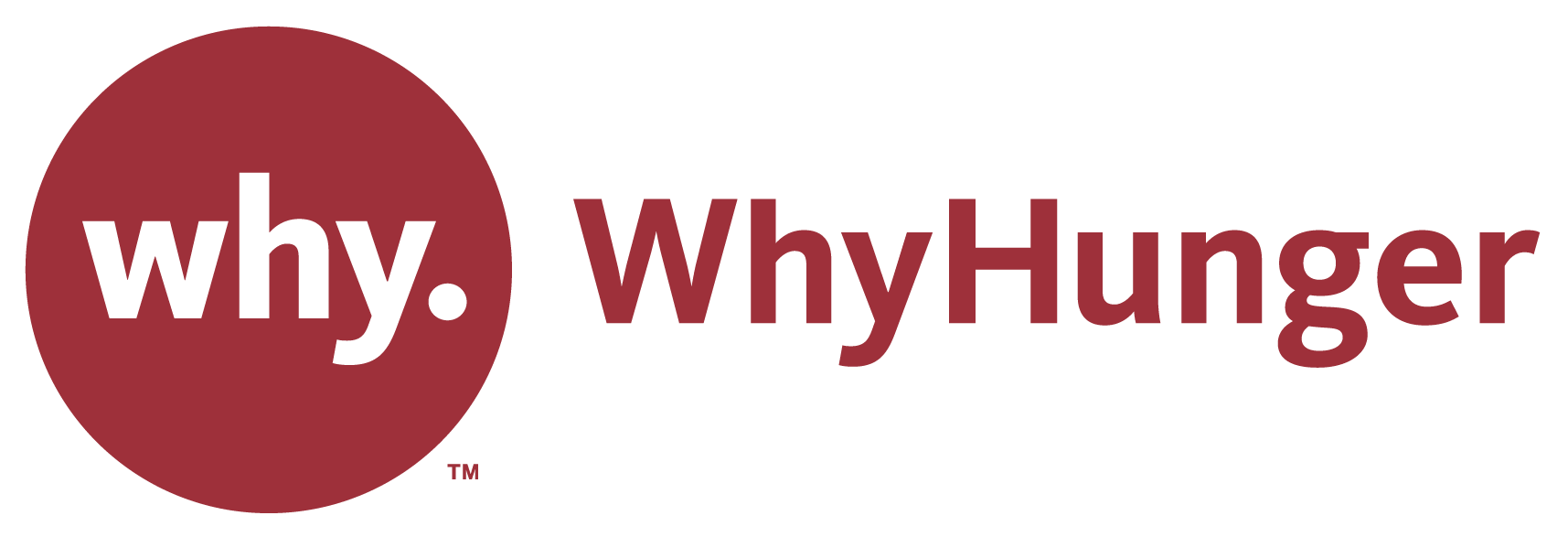Please read these questions and let us know what your organization and others in the Silver State are doing to move legislation and policy in a direction that helps those in need.
Virtually all states have budget deficits and extensive financial problems this year and beyond. The states are also the custodians and administrators of multi billions of dollars of federal assistance programs. State policies related to hunger and poverty contain a great deal of state money that is in short supply right now but much more federal money that can grow as the use of the programs grows.
These state policy questions are meant to begin a conversation about how states can deliver more services to their citizens who are facing extreme long term unemployment, hunger, home foreclosures and loss of health insurance and pensions.
Please read them and let us know what your organization and others in your state are doing to move legislation and policy in a direction that helps those in need, especially the poorest of the poor, the millions of new poor, seniors, returning vets, children and the homeless.
Our intention is to create a place on our website that will highlight policy actions that state based organizations are taking and how they are proceeding. We also hope to host a WhyHunger State Policy Award for the best state policies in the U.S.A.
1) The monthly WIC benefit is only $35.23. Is there a movement in the legislature to increase the benefit?
2) Participation in both the School Lunch and School Breakfast program is below the national average. However, the number of children participating in the Summer Nutrition Program per 100 in the National School Lunch Program is the 3rd highest in the nation. What aspects of the Summer Nutrition Program create such high levels of participation? How can the success of the Summer Nutrition Program be applied to the National School Lunch and Breakfast Programs?
3) Although there is a Senior Farmer’s Market Nutrition Program, there is no WIC Farmer’s Market Nutrition Program. Why is this? Is there any movement to introduce a WIC Farmer’s Market Nutrition Program?
4) Nevada has the largest percent of uninsured children (17.8%) and a large percent of adults without coverage (27.4%). Why is that? Who is doing something about this?
5) Only 25% of adults and 51% of children living below the federal poverty line are covered by government health insurance. These are both ranked lowest in the country. What is being done to increase coverage for those that need it most?
6) Food and prescription drugs are exempt from general state sales tax, but the 6.85% tax applies to non-prescription medicine. Is there any plan to exempt non-prescription medicine as well?
7) People earning the lowest incomes in Nevada are paying 8.9% of their income in taxes, while the highest 1% of income earners are only paying 1.6%. What is being done to address this inequality?
8) Nevada currently has the highest unemployment rate in the country. Are there any major efforts to create jobs? Who is responsible? Are they having any success?
9) Nevada does not have a Shared Work Program. Why not? Is there any effort to bring one to the state
10) There is no state EITC program. Is there any movement in the legislature or among organizations to have one?
11) 13.9% of taxpayers receive the federal EITC. This is below the national average of 15%. Is any effort being made to increase the recipients of the EITC?
12) Nevada has the 3rd highest percent of population that are homeless. The foreclosure rate at 10.4 is the 2nd highest in the country. The percentages of mortgage holders and renters paying 30% or more of their income on monthly owner costs/rent and utilities are among the highest in the country. Is there anything being done to prevent homelessness from occurring? Is there any effort to create more affordable, low-income housing?
13) 14.9% of households receive LIHEAP assistance. This is below the national average and ranked among the lowest in the country. Is there currently a plan to encourage participation?
14) 14% of families living below the federal poverty line receive TANF. This is below the national average of 21%. Is there any movement to increase participation in the TANF program?
15) There is a very low percentage of 4-year olds enrolled in the Pre-K program. The high school completion rate in the worst in the nation, college enrollment is very low, and the percentage of people over 25 who have Bachelors Degrees is among the worst in the nation. Is there any movement involved in improving this? What is being done to encourage education? Which legislators are involved?
16) The percent of the state budget spent on corrections is 7.9%. This is above the national average of 6.6%. Is there any movement to reform the corrections system in Nevada? Perhaps by introducing alternative sentencing for non-violent offenders and programs to reduce recidivism.
17) What other statewide policies or programs are you aware of that are helping to fight hunger and poverty, or are there any that are responsible for increasing it?
Please let us know what your organization and others in your state are doing to move legislation and policy in a direction to address these questions by contacting Executive Director and Co-Founder Bill Ayres at [email protected].
Feel free to inform us of any mistakes we may have made in any of these questions. Also we would appreciate any comments on policies or statistics that might have been overlooked.


